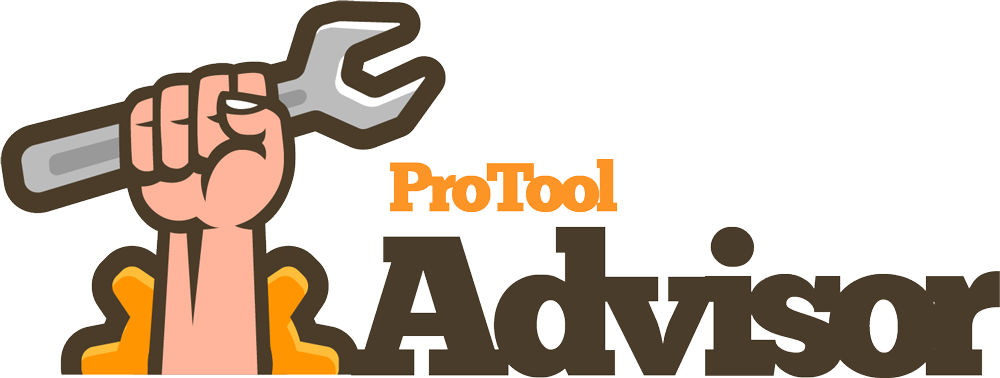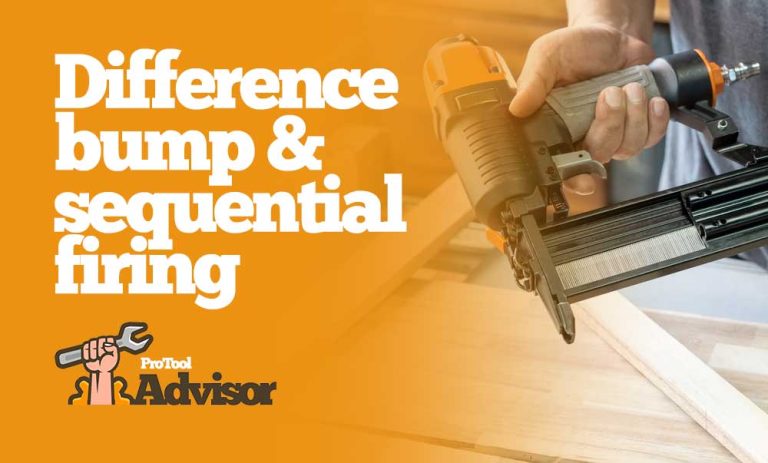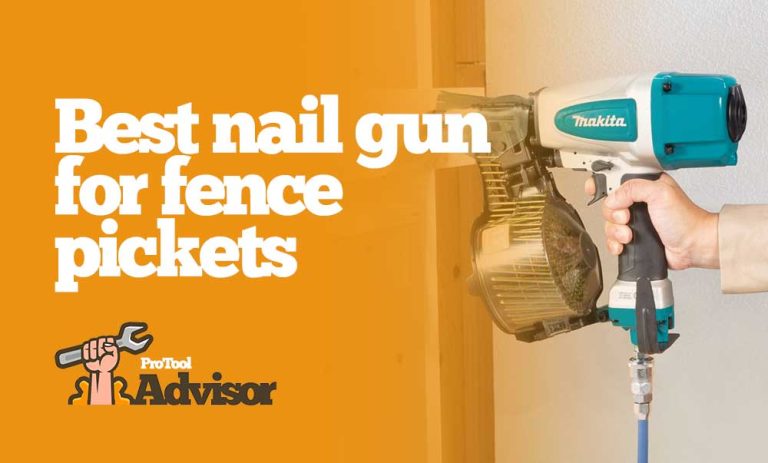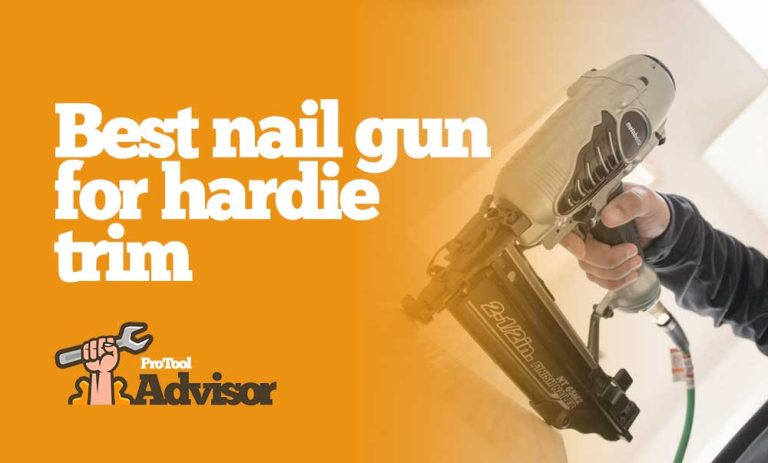A Brief on Bump Firing to Contact Firing
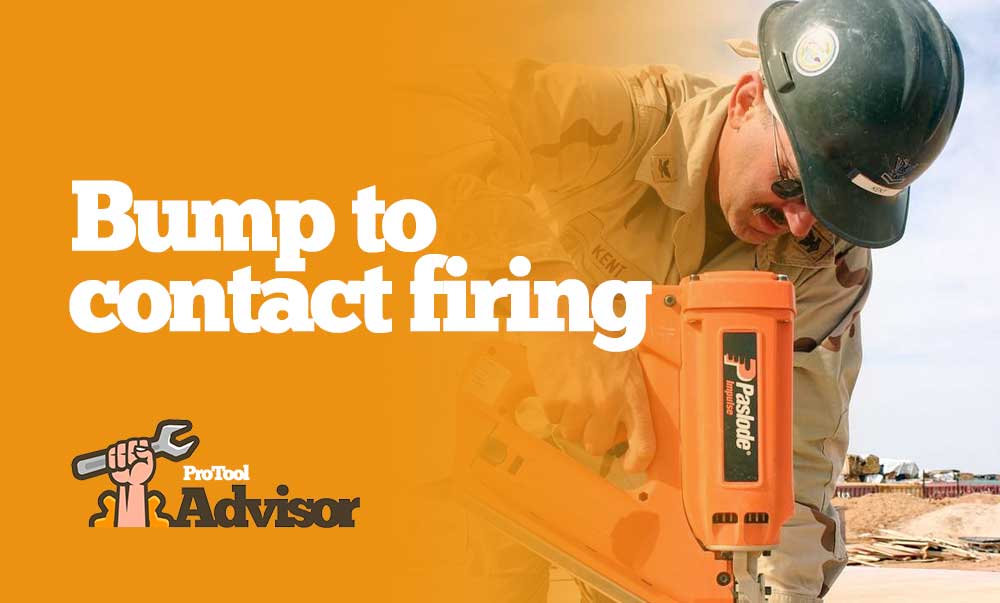 Nail guns are the most common power tools widely used in carpentry and other construction applications to quickly and efficiently drive nails into workpieces. One of the key aspects of every nail gun is its firing mode which can either be bump firing or contact firing while some models come with both firing mechanisms.
Nail guns are the most common power tools widely used in carpentry and other construction applications to quickly and efficiently drive nails into workpieces. One of the key aspects of every nail gun is its firing mode which can either be bump firing or contact firing while some models come with both firing mechanisms.
Both approaches have benefits and drawbacks, and knowing how they differ can help you select the best firing mode for the job. This guide will tell you whether it is worth switching from bump firing to contact firing.
Keep reading this guide for more information:
What is bump firing?
Bump firing is a nail-driving technique that allows for first pressing the trigger of the nailer and then “bumping” the safety tip against the work surface, thereby resulting in a fired nail into the object. This method also enables you to get a continuous and efficient nail-shooting experience without releasing the trigger after firing each nail.
What is contact firing?
Contacting firing is another nail-driving method that involves pressing the safety tip of the nailer against the object and then pulling the trigger to drive a nail. For every nail to be fired using this technique, the trigger must first be released before being pulled once again.
However, both contact shooting and bump firing have benefits and drawbacks. Bump shooting can be quicker and more effective, but if used incorrectly, it can also be less precise and even dangerous. Although contact shooting can be slower and less effective, it can also be more precise and secure.
Is it worth switching from bump firing to contact firing?
The choice between switching from bump firing to contact firing may vary depending on the nature of the project, specific needs, and personal preference. In that case, you should consider some factors:
Precision and accuracy at work: Contact firing enables you to precisely place nails into workpieces. This high accuracy can be beneficial for detailed or delicate projects.
User safety: Contact nailing is the safest option as compared to bump firing. Because contact firing involves pressing the safety tip against the workpiece before firing. This eliminates the potential for inadvertent firing and maintains your safety.
Speed: In the case of speed, bump firing mode is the winner. It enables you to get a consistent and fast nailing experience by simply holding down the trigger and bumping the safety tip against the workpiece. On the other hand, contact firing involves releasing and repressing the trigger for every nail placement. This consequently makes the process slower.
Comfort and convenience: Bump firing can be more comfortable and convenient than contact firing. Because bump firing allows for pressing the trigger and using a bouncing action for efficient nail driving.
Finally, the choice from deciding on bump firing to contact firing depends on the particular needs of the project and preferences. If you want a more precise and safe operation instead of comfort and safety, then contact firing could be the best option for you. However, bump shooting can be a better option for you if you prefer comfort and speed to accuracy and safety.
Frequently Asked Questions (FAQs):
Q: What are the benefits of using bump firing mode?
Bump firing is a rapid nail-shooting mode that enables you to have efficient nail placement without releasing and pulling the trigger for every nail. Besides, the ergonomic design allows for keeping both arms on the nail gun without constantly pulling the trigger.
Q: What are the disadvantages of bump firing?
Bump firing is a less precise technique of shooting than contact firing since the nail gun will keep discharging nails as long as pressure is applied to the safety tip, regardless of whether the user accidentally bumps the nail gun or loses grip of the nail’s route. Therefore, there is a chance for harm and unintentional shooting.
Q: What are the benefits of using contact firing?
Contact firing enables you to precisely place nails into workpieces, making it a good choice for more detailed projects. Besides, this method can be a safer option that prevents you from accidental firing.
Q: What are the disadvantages of contact firing?
Contact firing isn’t a good option for speedy projects because it has a slower firing rate. Besides, it requires a high level of skill and expertise for nail shooting.
Q: Is it possible to bump fire and contact fire with all nail guns?
No. All nail guns don’t come with both bump firing and contact firing modes. Some models of nailers may feature only one firing mode either bump firing or contact firing. Recent models of nail guns are designed with both firing modes that allow you to switch between bump firing to contact firing. Check the user manual to find out what firing mode your nail gun comes with.
Q: How can I switch my nail gun’s firing mode from bump to contact?
Depending on the nail gun’s model and manufacturer, the procedure for changing firing modes will vary. For more details on how to change the shooting mode, look into the user guide provided by the manufacturer or get in touch with their customer care.
Final Summary
The decision between bump firing to contact firing ultimately comes down to personal preference and the task at hand. While contact shooting is more accurate and ideal for smaller tasks with fragile materials, bump firing is quicker and more effective for bigger tasks with plenty of fasteners.
No matter whether you choose bump firing or contact firing, make sure to take proper safety measures before operation. With the right technique and proper safety precautions, you can make any construction project a breeze!
